 Yesterday’s rant about the bad reporting of Oracle 18c got quite a lot of attention, but it seems the reaction from some people was a little odd IMHO. I wrote some updates to the post during the day, but I would just like to address them here to hopefully make a few things clear.
Yesterday’s rant about the bad reporting of Oracle 18c got quite a lot of attention, but it seems the reaction from some people was a little odd IMHO. I wrote some updates to the post during the day, but I would just like to address them here to hopefully make a few things clear.
Who was the post directed at?
I got the distinct impression that some people thought I was “sticking it to Oracle” with that post. If you read it that way I really don’t understand how. Here are two quotes from the post.
“From the get-go Oracle has been talking about the Autonomous Database as a cloud service based on Oracle Database 18c, but I can’t remember them once saying Oracle Database 18c is an Autonomous Database.”
“I am disappointed at how lazy the Oracle blog-sphere has been in reporting this”
If you read that as a dig at Oracle you are wrong. It was definitely dig at bloggers promoting untruths.
Are you sure 18c is not an Autonomous Database?
I got a few people contacting me who were so convinced Oracle 18c was an autonomous database, because of what they had read, they wanted to make sure I was not mistaken. 🙂 I guess if something is said enough times it starts becoming reality…
For those that thought I was mistaken, the mighty Maria Colgan has added a couple of updates to her blog to make it super-super clear.
Oracle Autonomous Database – What you need to know
If you know who Maria is, you will know this is the end of this point. If you don’t know who Maria is, she was “the optimizer lady”, then the “in-memory lady” and now she is (in my words) “the database”.
Just to confirm.
- If you buy an Autonomous Database Cloud Service on Oracle Public Cloud or Cloud@Customer, that’s a service that specifically includes the words “Autonomous Database” in the name of the service, you are getting an Autonomous Database.
- If you buy regular 18c DBaaS on Oracle Public Cloud or Cloud@Customer you are not getting an Autonomous Database.
- If you install 18c yourself on any cloud provider, including Oracle Public Cloud or Cloud@Customer, you are not getting an Autonomous Database.
- If you install 18c yourself on-prem you are not getting an Autonomous Database.
Thank God for that!
Some people were genuinely happy with this “revelation”. I guess this comes from the concern about their future job prospects. I understand this, as it affects me too, but I am disappointed that people don’t see this for what it is.
It has been possible to automate the vast majority of operational DBA tasks for a long time. Amazon have been doing this with RDS for Oracle for years. Good DBAs have been following this lead for years. This is not a new concept. Oracle are just taking it a step further with the automatic tuning etc.
It has been clear this is the way the market is moving for the last decade. If your only role is basic database operations you need to start getting skilled up. Whether 18c is autonomous or not isn’t really the issue…
I knew it!
Some people couldn’t help themselves and started rolling out the whole line about Oracle always claiming the end of the DBA. I have some sympathy for this point in the past having lived through all those death of the DBA announcements, but in this case not so much.
First, you are speaking like this is some sort of back-track on what 18c can do, when actually I was responding to the fiction created by bloggers that weren’t paying attention. From the information I’ve read from Oracle, I think it was clear this was a cloud service, not native 18c functionality.
Second, they are still claiming the cloud service is autonomous. Can we reserve the “I knew it” and “I told you so” comments until after it’s been released and we see what it can actually do.
I, for one, welcome our new autonomous database overlords!
Conclusion
I’m not claiming Oracle haven’t done some terrible reporting in the past, because they clearly have, but in this case I think the misconception is not their fault. I think the fault sits squarely at the feet of those in the blogging/news community, who read the headline and ran with it. The people who actually paid attention to the official announcements and subsequent posts from Oracle knew the score already. Here’s a quote from a post I wrote the day after the OOW17 announcement (2nd October).
“Although Oracle 18c has new features that make it easier to build an autonomous database, the “Autonomous Database” is a cloud service, so you will need to run your database on Oracle Public Cloud, or possibly on Cloud@Customer. Just installing 18c on-prem will not get you an autonomous database.”
I really hope I don’t feel the need to write another update to this issue… 🙂
Cheers
Tim…
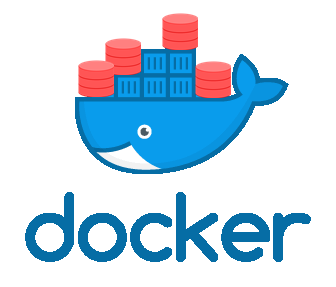 Just a quick heads-up to let you know I’ve updated my Docker builds to use the new 18c on-prem software.
Just a quick heads-up to let you know I’ve updated my Docker builds to use the new 18c on-prem software.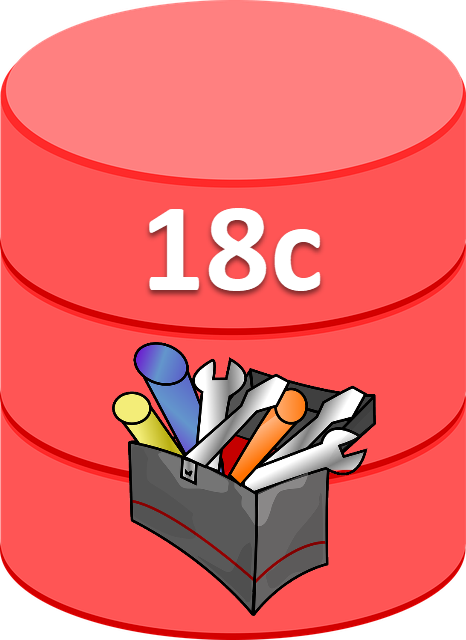 Hot on the release of Oracle Database 18.3.0 On-Prem for Linux, I got on the case with doing some installations. The first of which can be found here.
Hot on the release of Oracle Database 18.3.0 On-Prem for Linux, I got on the case with doing some installations. The first of which can be found here.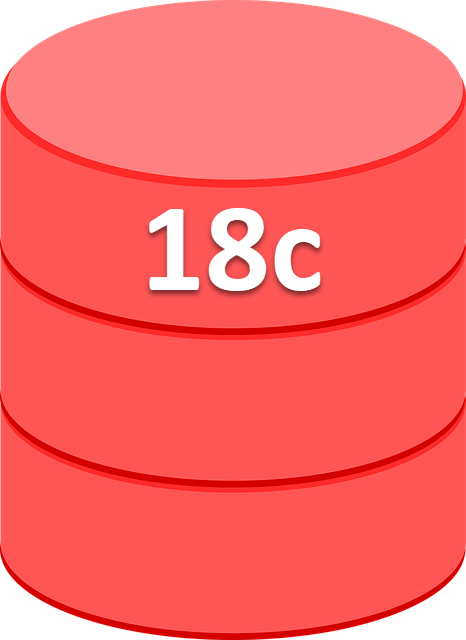 I was just about to go to bed when I saw
I was just about to go to bed when I saw 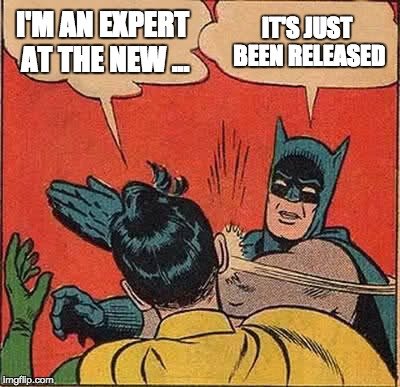
 I was looking through the list of deprecated and desupported features along with terminal releases in Oracle Database 18c and there were some surprises.
I was looking through the list of deprecated and desupported features along with terminal releases in Oracle Database 18c and there were some surprises. In a
In a 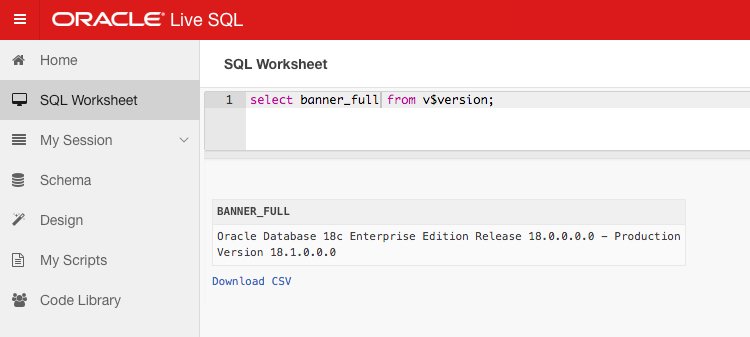
 Yesterday’s rant about the
Yesterday’s rant about the  I signed up to a hands-on lab for the Autonomous Data Warehouse Cloud Service. These are the notes I took during the lab. They are a little scrappy, but I think you will get the idea…
I signed up to a hands-on lab for the Autonomous Data Warehouse Cloud Service. These are the notes I took during the lab. They are a little scrappy, but I think you will get the idea…